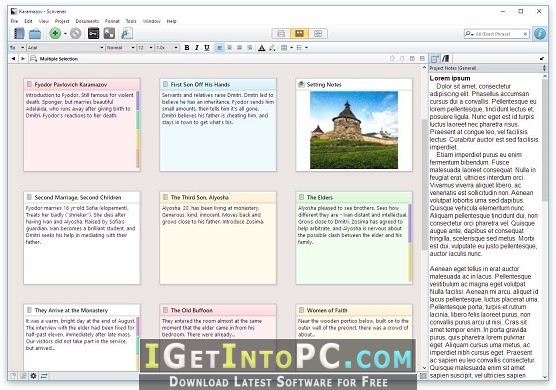
The paperclip icon is one of the default option on the toolbar. Having highlighted the link text, as well as the right click route explained above, there are two more routes to the ‘Add Link’ feature, plus a keyboard shortcut: cmd K. If you’re outputting to paper, you’d provide the reader the relevant URL and expect them to open their browser and type in the URL for themselves. Clicking this link automatically opens the browser and fetches the relevant page.Īgain, these links only makes sense if you’re producing an electronic product. External linksĮxternal links allow the reader to jump to a URL via a browser. This post explains how that system works. If you want to leap to somewhere within a document, rather than to the start, you’ll need to apply the same cross-referencing technique that’s used for figures and tables. So, they can jump back to that, if they wish. Notice that, once the reader is at the ‘Colon’ page, there is a link back to where they were, in the bottom left of the screen. (You can do this before or after you set up the link.) It’s not clear to the reader that these are links, but if you want the hyperlinks to be formatted differently … apply the formatting to the link text, eg underline it. This is how the hyperlinks looks on screen in the ebook. Tick the box for ‘Convert document links to HTML links’.
When it’s time to compile, make sure you have set up the right conditions for hyperlinks. You can then browse within the Binder structure to find the destination document.
If no suggestions are offered, click on New Link. If one suits your needs, select that suggestion as the destination for this hyperlink. Select that and consider the suggestions. Then, right click to reveal the option ‘Link to Document’.
Accessing storyist files in scrivener how to#
Here, it’s a simple link to another document in the same book … How to insert an internal linkįirst, highlight the text that is to become the hyperlink. That aspect of links is explained in this post.

Internal links are especially useful when creating a table of contents. But, with an electronic forms of output, the jump can be achieved by the reader clicking on the link – if you provide one. If your end product is on paper, you’d give the reader the relevant page number (automatically generated by Scrivener) and expect the reader to flick through the book for themselves.
Accessing storyist files in scrivener pdf#
Internal links allow the reader to leap from one place in your book to another, and only make sense if you are producing an eBook or outputting to PDF or Kindle. NB there are other options, but this post is ‘keeping it simple’. Scrivener links are available as internal links (to another place in your book) or external links (to a website).


 0 kommentar(er)
0 kommentar(er)
